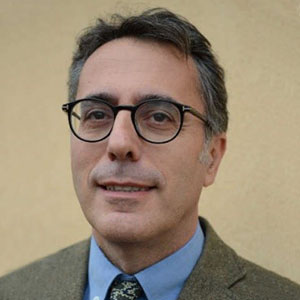
ERC: Giulio Monaco

ERC Grantee: Giulio Monaco
Department: Physics and Astronomy
Total Contribution: Euro 2.499.876,00
Project Duration in months: 60
Giulio Monaco is Full Professor of Experimental Physics of Matter at the Department of Physics and Astronomy ‘Galileo Galilei’ of the University of Padua.
He completed his Master degree in Physics at the University of Napoli (1993) and his PhD in Physics at the University of L’Aquila (1998). He worked for about fourteen years (1998-2012) as scientist in the Experimental Division of the European Synchrotron Radiation Facility (ESRF) in Grenoble, France. In 2010-2012 he designed a new laboratory dedicated to inelastic X-ray scattering from electronic excitations at the ESRF. He became Full Professor at the University of Trento in 2012 and moved to the University of Padua in 2020. He is visiting scientist since 2017 at the Linear Collider Light Source, SLAC National Accelerator Laboratory, USA.
His research activity focuses on the experimental investigation of the structural and dynamic properties of supercooled liquids and glasses at the microscopic scale and on the microscopic description of their thermodynamic and transport properties (e.g., specific heat, elastic moduli, viscosity, thermal conductivity). His studies are mainly based on the development of novel, sophisticated experiments using X-ray synchrotron and free-electron-laser radiation. His main achievements include the observation of a strong scattering regime (Rayleigh scattering) of acoustic waves from microscopic density fluctuations in glasses, and the microscopic characterization of a quasi-local process universally found in supercooled liquids and glasses (Johari-Goldstein relaxation).
His research has been supported by grants from different international and national programs and foundations. He published 250 papers in peer-reviewed journals (total citations >10.000, H-index 57 from Google Scholar).


